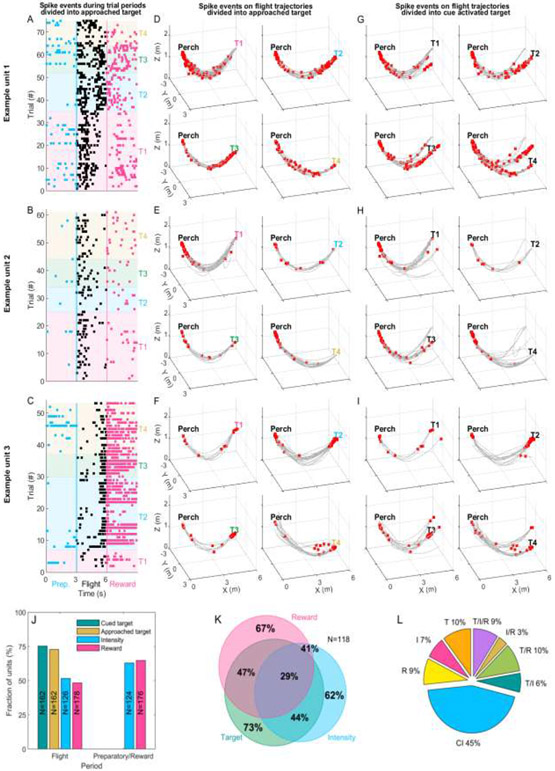Fig 5: RSC neural activity during the preparatory, flight and reward periods.
(A-C) Shown are the spiking events for three example RSC neurons during the preparatory (three seconds before flight), flight and reward (three seconds after landing) periods. The units’ spiking events during each trial and the three different periods are color coded (blue=preparatory, black=flight and magenta=reward) and trials are grouped by the targets the bat had approached on a given trial. The approached target is depicted by the colored background (Target 1=magenta, Target 2=blue, Target 3=green and Target 4=ocher). (D-I) Raw 3D spatial spiking activity for the example units. Spikes (red dots) are overlaid on flight trajectories (gray lines). (D-F) Trials are grouped by the approached target and (G-I) trials are group by the cued target. (J) Fraction of significant units for the cued target, approached target, light intensity and the reward outcome (left bars). The two right bars show the fraction of significant units for the preparatory and reward period. The number of units used for calculating significance for a given task variable is indicated for each bar (two-way ANOVA, p<0.05). (K) Most neurons were significantly modulated by more than one task variable, shown in the Venn diagram. ‘Target’ refers to the fraction of units significant for the cued target during flight, ‘Intensity’ labels the units significant for intensity during the preparatory period and ‘Reward’ labels the units significant for the bats’ decision outcome (or the obtainment of a reward or not) during the reward period. L) Percentages of variance in the spiking activity explained by the task variables using dPCA. Input components into the dPCA are the task variables (I=Intensity, T=Target and R=Reward) and their interactions (T/I, T/R, I/R and T/I/R). All components independent of the task variables are termed as Condition independent (CI).

